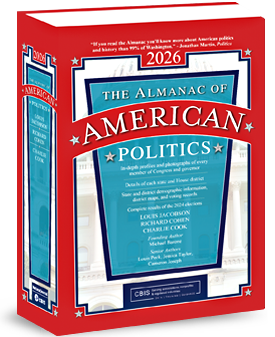Businesses and consumers in the state bought $38.9 billion in imported goods last year, a decline from the recent peak of $43.9 billion in 2022. That’s according to the Wisconsin Policy Forum’s latest report, which shows the inflation-adjusted value of state imports has risen 32.4% since 2016. As Wisconsin imports have been rising in recent years, exports have seen a decline, leading to a t...
Please log in to access subscriber content.
If you don't have a subscription, please contact schmies@wispolitics.com for subscription options on the WisPolitics-State Affairs platform, which is the new home for WisPolitics subscriber products.



